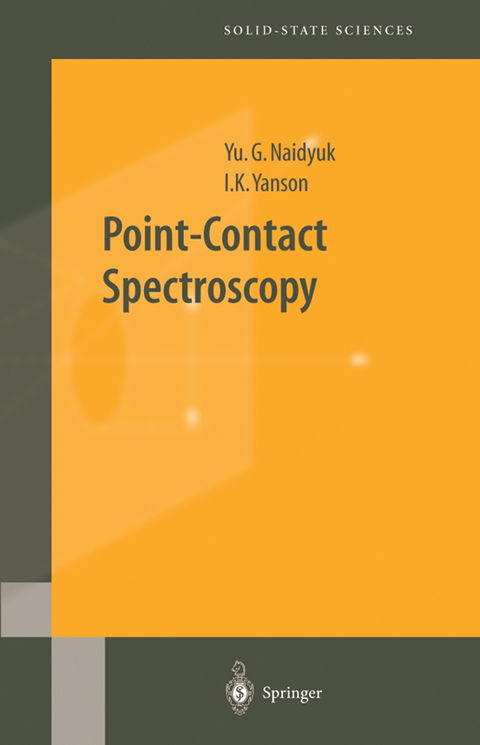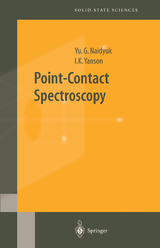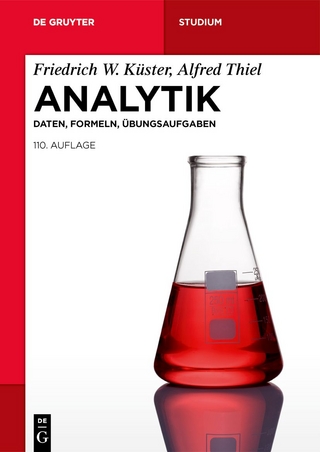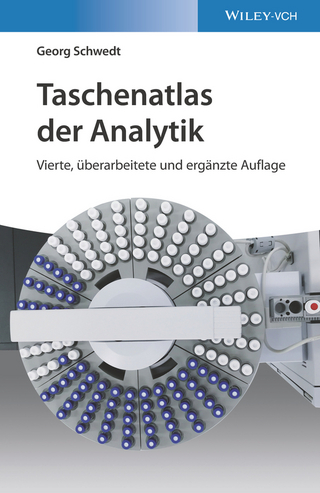Point-Contact Spectroscopy
Seiten
2004
Springer-Verlag New York Inc.
978-0-387-21235-7 (ISBN)
Springer-Verlag New York Inc.
978-0-387-21235-7 (ISBN)
The main goal of solid-state physics is investigation of the properties of the matter including the mechanical, electrical, optical, magnetic, and so on with the aim of developing new materials with defined characteristics. Nowadays, the synthesis of superconductors with high critical temperature it consists of or fabrication of new heterostructures on the base of semiconductors, in cre ation of layered, amorphous, organic, or nanofabricated structures and many others. To do all of these, the various methods of investigation are developed during the past. Because it is impossible to find an universal method to in vestigate a variety of materials, which are either conducting or insulating, crystalline or amorphous, thin-layered or bulk, magnetic or segnetoelectric, and so on, various kind of spectroscopies, like optical, neutron, electron, tun nel and so on, are widely used in solid-state physics. Recently, a new type of spectroscopy, namely, the Point-Contact Spectroscopy (PCS), wasdesigned for study of the conduction-electron interaction mechanism with a whole class of elementary excitations in the solids. In PCS, a small constriction, about a few nanometers large, between two conductors plays a role of a spectrome ter. Namely, because of inelastic scattering of accelerated electrons, the I - V characteristic of such a tiny metallic contact is nonlinear versus an applied voltage and its second derivative surprisingly turns out to be proportional to the electron-quasiparticle-interaction spectrum.
Both authors are affiliated with the B. Verkin Institute for Low Temperatire Physics and Engineering, National Academy of Sciences of Ukraine.
1 Introduction.- 2 Metallic point contacts as a physical tool.- 3 Fundamentals of PCS theory.- 4 Experimental techniques.- 5 PCS of quasiparticle excitations.- 6 PCS of nonphononic scattering mechanisms.- 7 Thermal effects in point contacts.- 8 Point contacts in the magnetic field.- 9 Electrical fluctuations in point contacts.- 10 Point contacts under irradiation.- 11 PCS of semimetals, semiconductors, and dielectrics.- 12 PCS of superconductors.- 13 PCS of high-Tc and other uncommon superconductors.- 14 PCS of heavy-fermion systems.- 15 New trends in research.
| Reihe/Serie | Springer Series in Solid-State Sciences ; 145 |
|---|---|
| Zusatzinfo | 35 Illustrations, black and white; XI, 297 p. 35 illus. |
| Verlagsort | New York, NY |
| Sprache | englisch |
| Maße | 155 x 235 mm |
| Themenwelt | Naturwissenschaften ► Chemie ► Analytische Chemie |
| Naturwissenschaften ► Chemie ► Physikalische Chemie | |
| Naturwissenschaften ► Physik / Astronomie ► Atom- / Kern- / Molekularphysik | |
| ISBN-10 | 0-387-21235-3 / 0387212353 |
| ISBN-13 | 978-0-387-21235-7 / 9780387212357 |
| Zustand | Neuware |
| Informationen gemäß Produktsicherheitsverordnung (GPSR) | |
| Haben Sie eine Frage zum Produkt? |
Mehr entdecken
aus dem Bereich
aus dem Bereich




